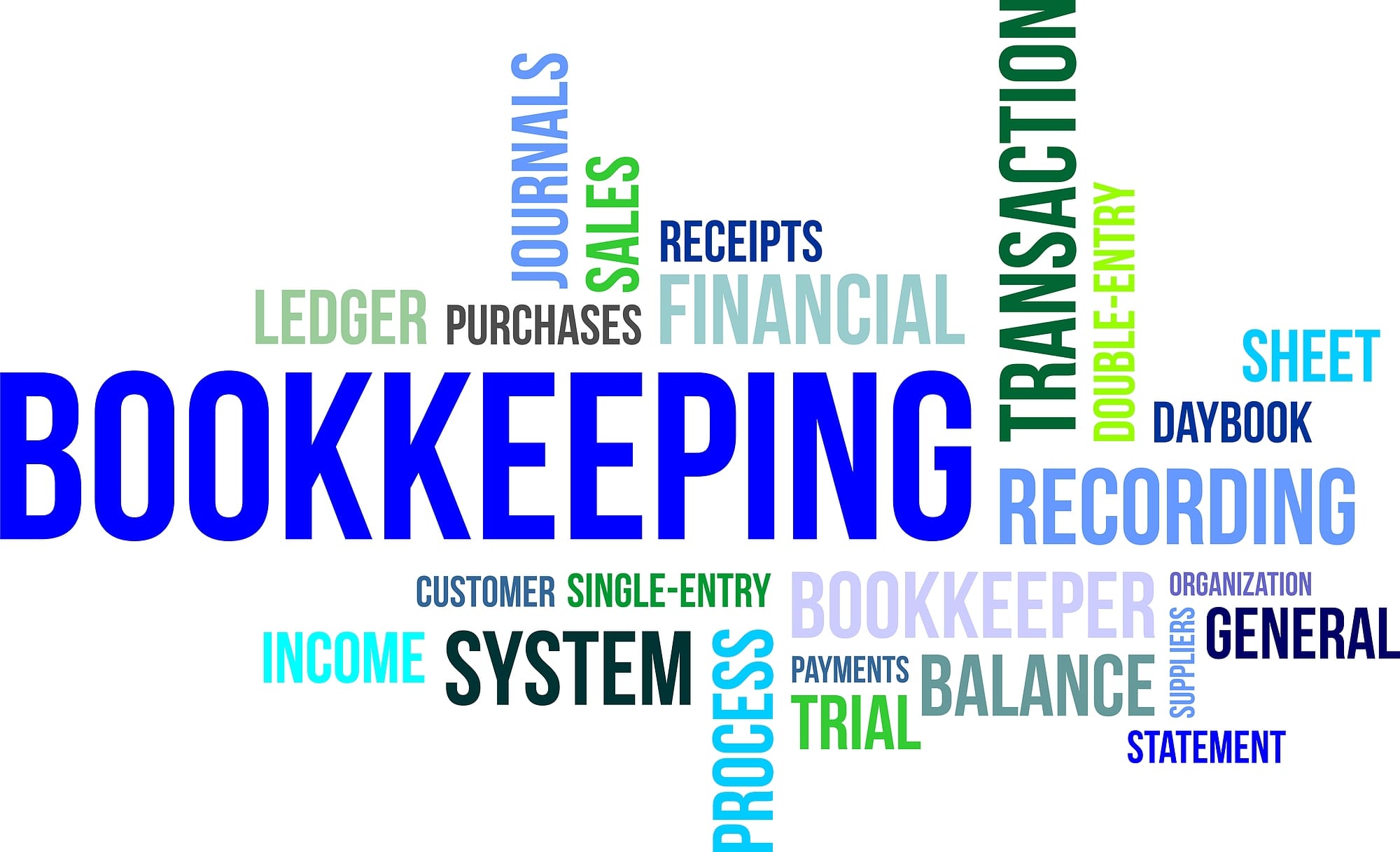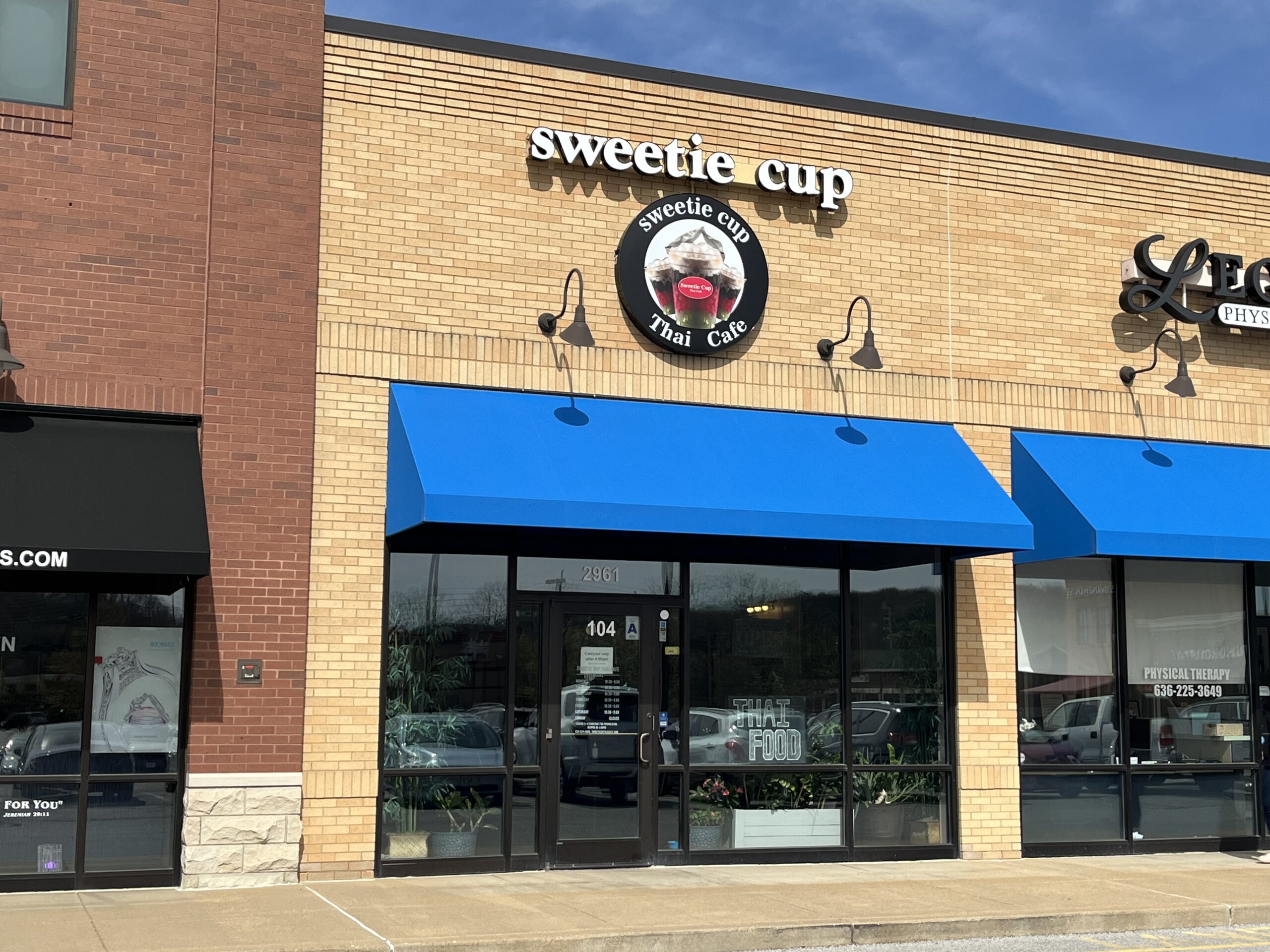Despite generating substantial sales, many businesses face the paradox of losing money. This phenomenon can stem from various underlying factors that, if not addressed, can jeopardize long-term viability.
One of the primary reasons for a business having high sales but low profitability is high operational costs. Businesses often scale up their production or service offerings to meet increasing demand, which can lead to elevated expenses. Factors such as rent, utilities, wages, and raw material costs can escalate quickly, especially in industries where supply chains are vulnerable. If sales revenues do not sufficiently cover these mounting costs, the result is a financial loss, despite healthy sales figures.
Another critical factor is pricing strategy. Companies may adopt aggressive pricing to attract customers and gain market share, a tactic often referred to as a “loss leader” approach. While this can boost sales in the short term, it may erode profit margins. If the cost of goods sold is consistently higher than the selling price, the business will struggle to achieve profitability, even with high sales volumes.
Additionally, poor cash flow management can trap businesses in a cycle of financial stress. A company may close a sale and recognize the revenue but may still be waiting for the customer to pay. This delays cash inflow, making it difficult to cover immediate expenses such as payroll, rent, or supplier payments. This scenario can lead to a cash crunch, resulting in operational challenges or the need for loans, which can further increase debt.
Inadequate inventory management also plays a pivotal role in this issue. Excessive stock can tie up capital, leading to increased storage costs and potential losses from unsold goods. Conversely, too little inventory can result in missed sales opportunities, creating a pinch in cash flow and contributing to a cycle of losses.
Lastly, businesses may experience underperformance in certain areas, such as ineffective marketing efforts or lack of customer loyalty. A high churn rate can lead to increased costs for acquiring new customers while existing customers do not contribute significantly to profits.
In conclusion, while high sales volumes are often seen as a sign of business success, they do not necessarily equate to profitability. To sustain growth, businesses must focus on effective cost management, pricing strategies, and operational efficiency. Addressing these parameters can lead to a healthier financial state, allowing a company to thrive in a competitive marketplace.
For more details and the full reference, visit the source link below:
















